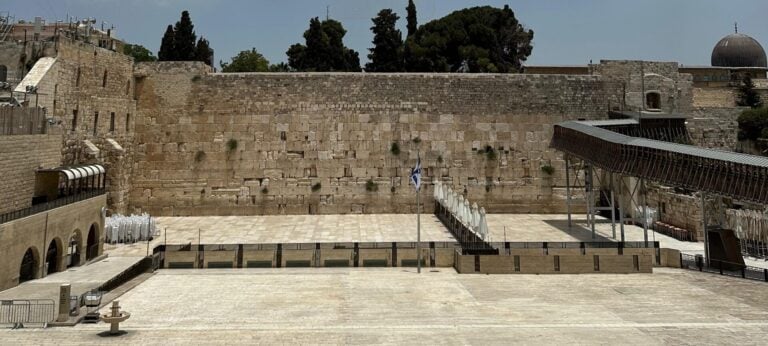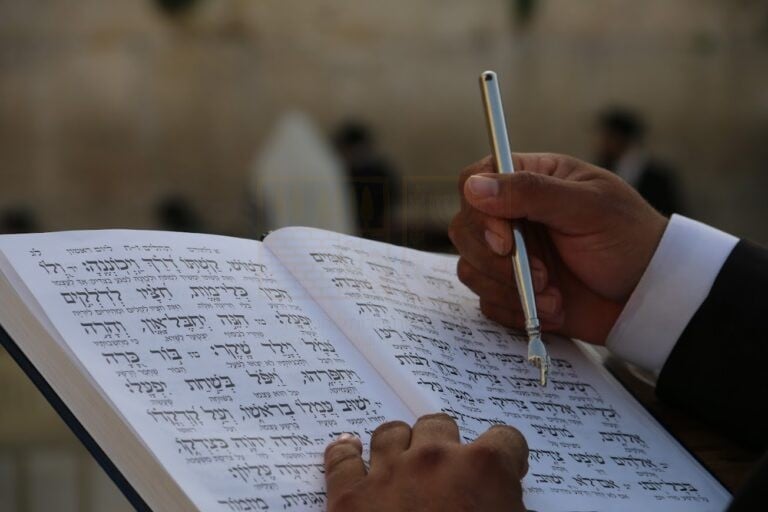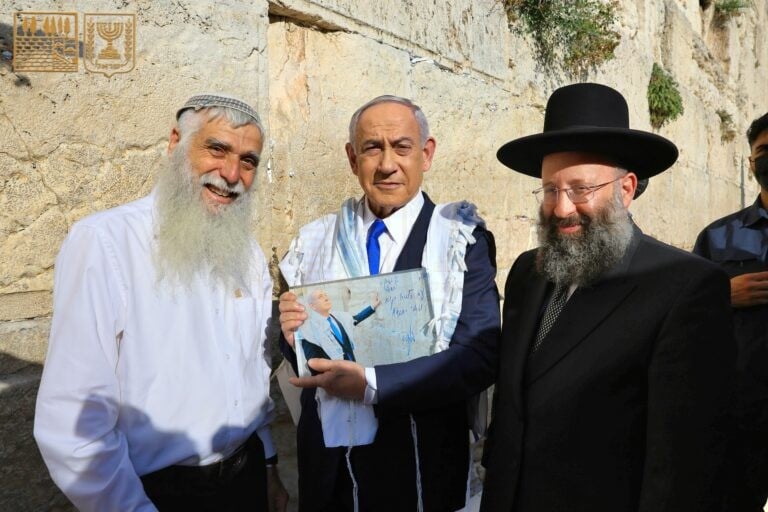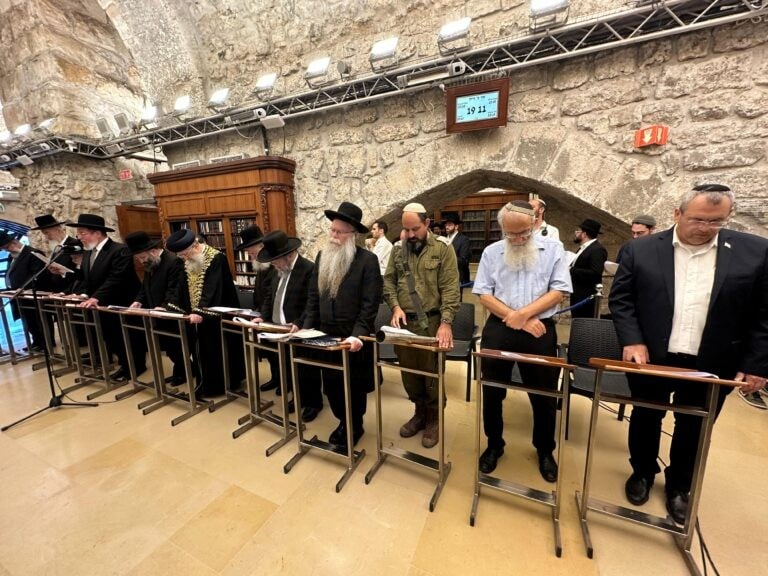Let?s read the title verse describing the camp:
The children of Israel shall encamp each man by his division with the flag staffs of their fathers’ house; around the Tent of Meeting they shall encamp.
Twelve tribes camped in the encampment of the Children of Israel, each tribe on its own, with each tribe having its own flag expressing that tribe?s uniqueness. The midrash describes the symbols that were on these flags:
Every nasi (tribe leader) and nasi had a map, and the color of every single map was like the good stones that were on Aaron?s heart? Reuben?s flag was red and had mandrakes painted on it; Simon?s was green and had Shechem painted on it; Judah?s was blue and had a lion painted on it??
(Numbers Rabbah, 2)
The midrash gives long descriptions of each tribe?s flag and teaches us that the flags expressed the essence of the tribe and its role as part of the entire nation?s mosaic.
But, if we return to the verse with which we began, we will note that there is a special emphasis put on the center of the camp ? ??around the Tent of Meeting they shall encamp?. The Tent of Meeting, Ohel Mo?ed, was the Tabernacle. It was given this name because this is where G-d would reveal Himself to Moses. All the tribes, with their unique flags, were centered around the Tabernacle.
The recognition that each tribe has its own unique role came with a risk: It could divide the nation and create alienated groups and segments. The nation would be united despite the differences among the groups only if they all remember that they share a common goal which is to worship G-d.
Rabbi Eliyahu Eliezer Dessler, an important Jewish philosopher of the Mussar Movement in the 20th century, said the order of the tribes? flags was something essential. In his book, Letters from Eliyahu, he compared the different groups in the Jewish nation to the different parts that make up a complicated machine. It is not enough for all the parts to be together. They must be in a specific order so that each part is positioned where it is meant to be, and when the machine is turned on, it should work with all the other parts that are also positioned perfectly.
Furthermore, claimed Rabbi Dessler, the order is essential not only for the success of the nation in a specific generation and for a specific period of time. Every generation has its own character, its own culture, its own questions that concern it and its own new answers. One generation joins another. Jewish tradition does not lean only on the distant past, but sees each generation as a continuation of all humanity, working toward the purpose of complete redemption. All generations from all periods of time share this goal. Every era makes its own contribution to this, and every generation has its own special quality.
But as we saw in the desert camp, the relationship between the different groups in the nation was preserved by their common goal, with all the tribes surrounding the Tabernacle in the center of the camp. It is the same in relation to different periods of time in Jewish history. What unites one generation with those that preceded it is the common and shared purpose of worshipping G-d. This is the bond between generations and between periods of time, creating a chain of generations that nurture each other and build upon each other.
Joining the chain of generations does not diminish the value of the present. On the contrary. Just as we respect previous generations for their efforts and contributions, so we wish to join previous generations, to discover our generation?s unique contribution and that of each and every one of the groups that together make up the wonderful mosaic that is the Jewish people
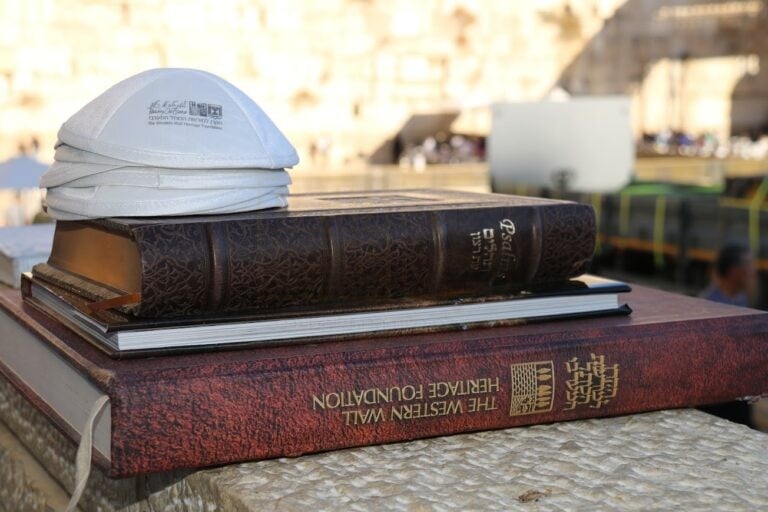
Simple Faith – Parashat Chukat
Simple faith beyond reason — Parashat Chukat reminds us that belief, even without understanding, has the power to purify and uplift.
